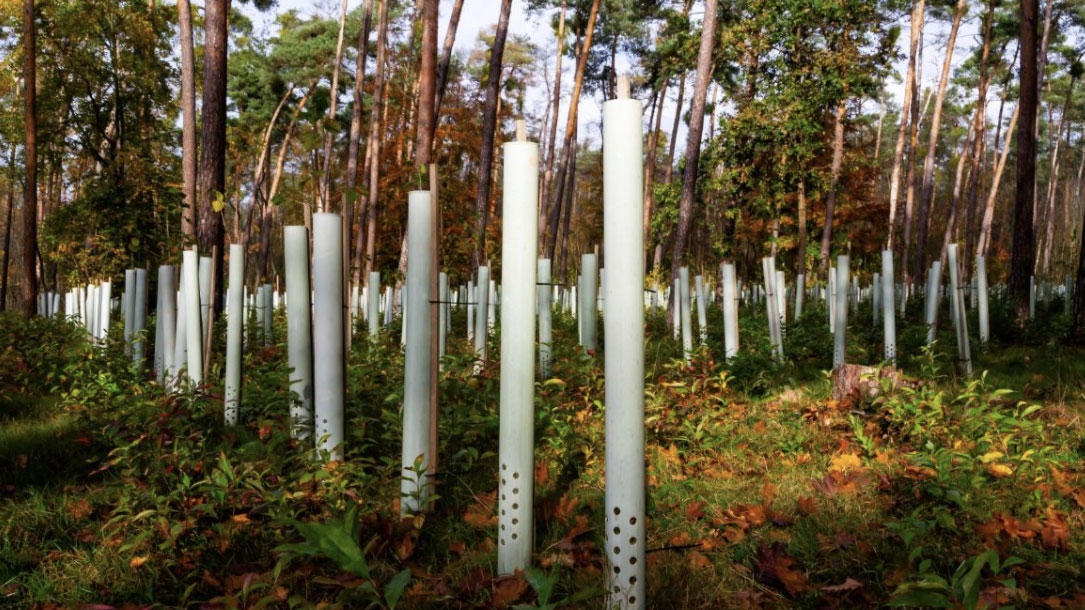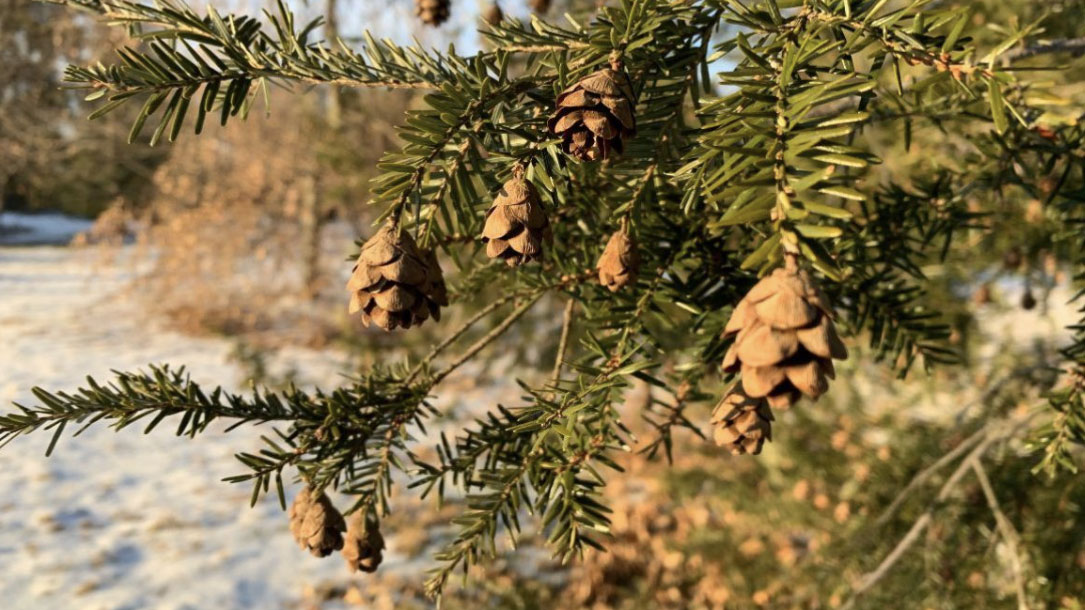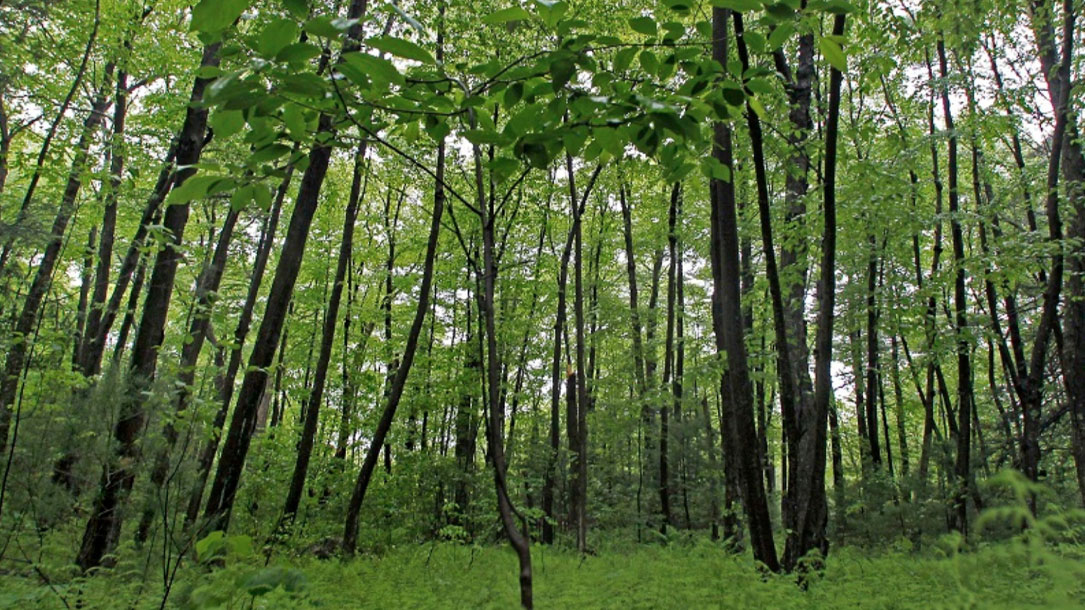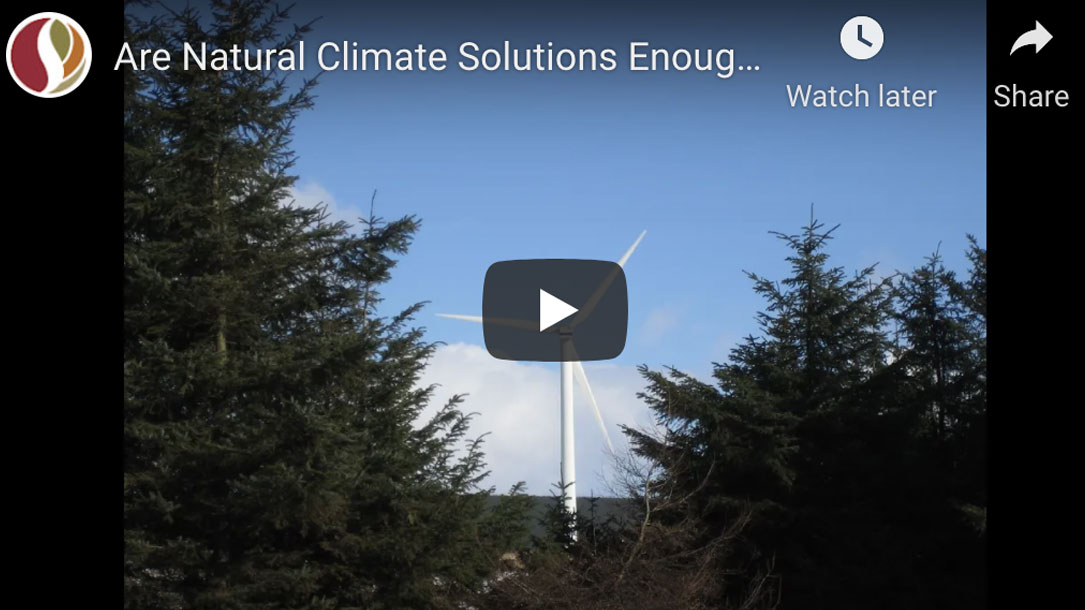Home > Climate News >

These World Heritage Forests have gone from removing carbon from the atmosphere to emitting it
Human activity and climate change-fueled disasters have turned 10 of the planet’s internationally recognized forests, also known as World Heritage sites, from carbon absorbers into carbon emitters, researchers have found. The report from UNESCO found these sites can absorb approximately 190 million tons of carbon dioxide from the atmosphere each year — roughly half the amount of the United Kingdom’s annual fossil fuel emissions.

Trees should be planted without plastic guards, says UK study
Since the 1970s, saplings have generally been planted in translucent plastic tubes to protect them from being eaten by browsing animals. However, the research — which analyzed the lifecycle of the plastic and trees — found it was better to lose a certain percentage of saplings than use plastic guards to protect them…

A climate mitigation opportunity in New England and New York
This study quantifies the climate mitigation that could be achieved by avoiding deforestation in seven states across the northeastern US. Forest losses to development, agriculture and other land uses release carbon to the atmosphere, contributing to greenhouse gas emissions and associated climate change.

New England forests can help slow climate change. A new report shows exactly how much
The report by researchers at Clark University, called “Avoided Deforestation: A Climate Mitigation Opportunity in New England and New York,” provides hard numbers for officials trying to hit their climate goals — for instance, Massachusetts’ ambitious plan to reach net-zero carbon emissions by 2050…

Five natural climate solutions to [help] mitigate climate change
“The United States and other countries can immediately expand investment and support for natural climate solutions that provide the triple benefit of reducing emissions, taking carbon out of the atmosphere, and increasing the resiliency of the natural world…”
Here is something you can share with people who care about this — and let them know what is happening in your region and how it works in partnership with the shift to renewables.

Rethinking forest carbon offsets
Background: What is a forest carbon offset?
The net increase each year in the amount of carbon stored in the world’s forests and forest products is a critically important sink, removing carbon dioxide from the atmosphere, and offsets a meaningful portion of the world’s annual greenhouse gas emissions…

Stanford researchers discuss imperative to combine natural and industrial approaches to global decarbonization
Protecting carbon sinks, such as forests and wetlands, is key to slowing climate change, but only part of the puzzle, Stanford researchers say. Reducing emissions is still essential for meeting global climate goals…

Pliocene warmth, polar amplification, and stepped pleistocene cooling recorded in NE Arctic Russia
“The geologic record makes it clear that global temperatures are intimately linked to changes in atmospheric greenhouse gas concentrations. Today’s CO2 levels are similar to Pliocene estimates (4.5 to 2.588 million years ago)…”

Constraints on global mean sea level during Pliocene warmth
“Reconstructing the evolution of sea level during past warmer epochs such as the Pliocene provides insight into the response of sea level and ice sheets to prolonged warming. Although estimates of the global mean sea level (GMSL) during this time do exist, they vary by several tens of metres, hindering the assessment of past and future ice-sheet stability.”

How the Community Forest Program works
“The Community Forest and Open Space Conservation Program (Community Forest Program) of the Forest Service offers a unique opportunity for communities to acquire and conserve forests that provide public access and recreational opportunities, protect vital water supplies and wildlife habitat, serve as demonstration sites for private forest landowners, and provide economic benefits from timber and non-timber products…”












